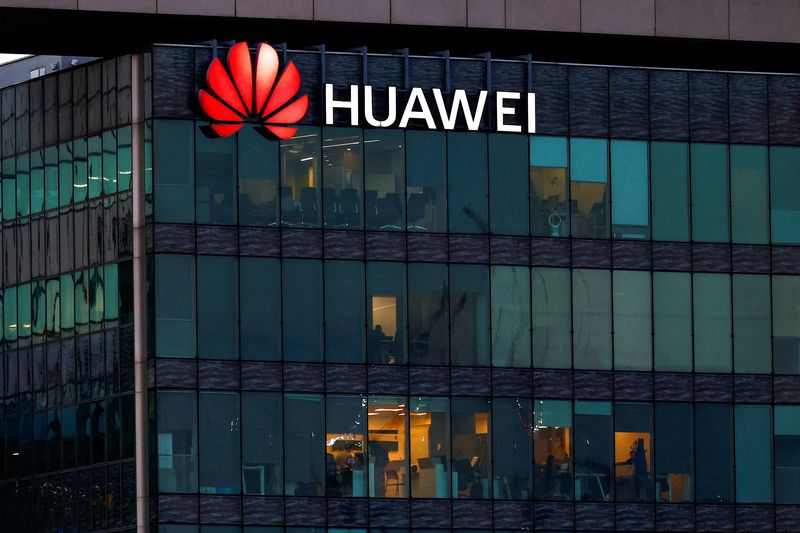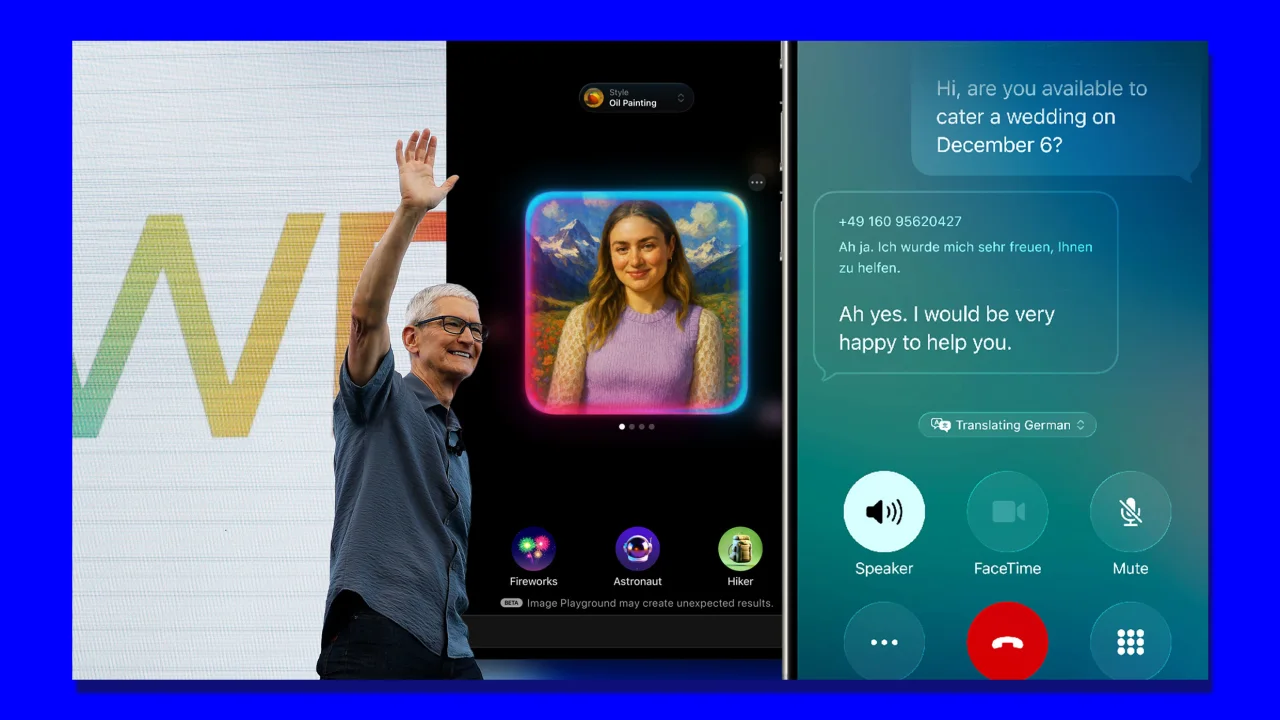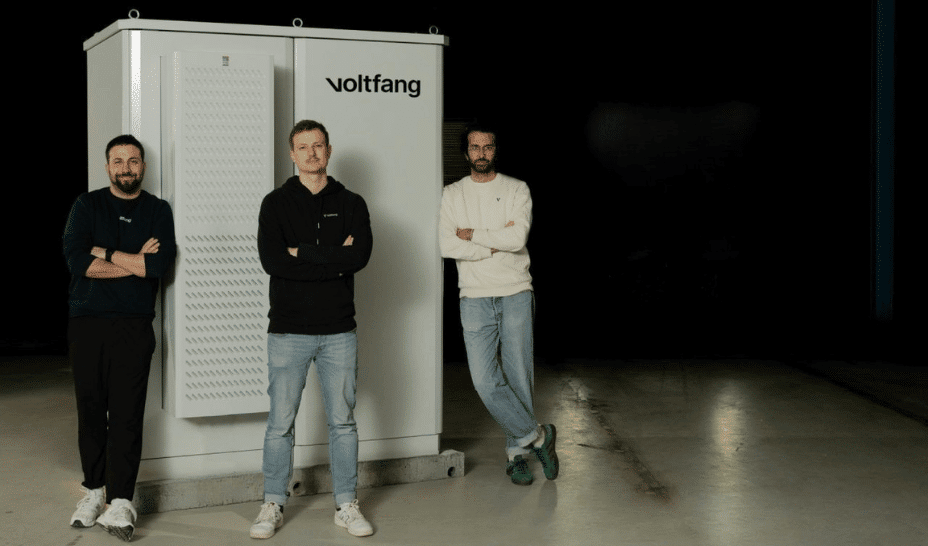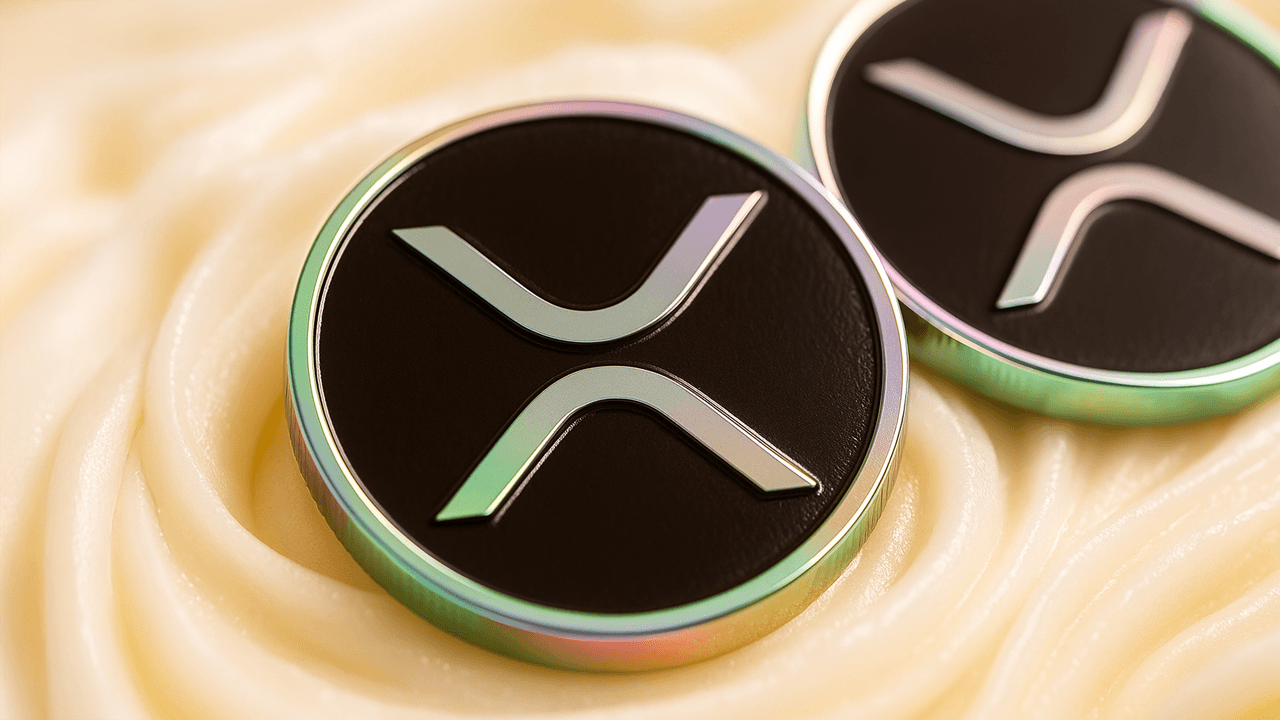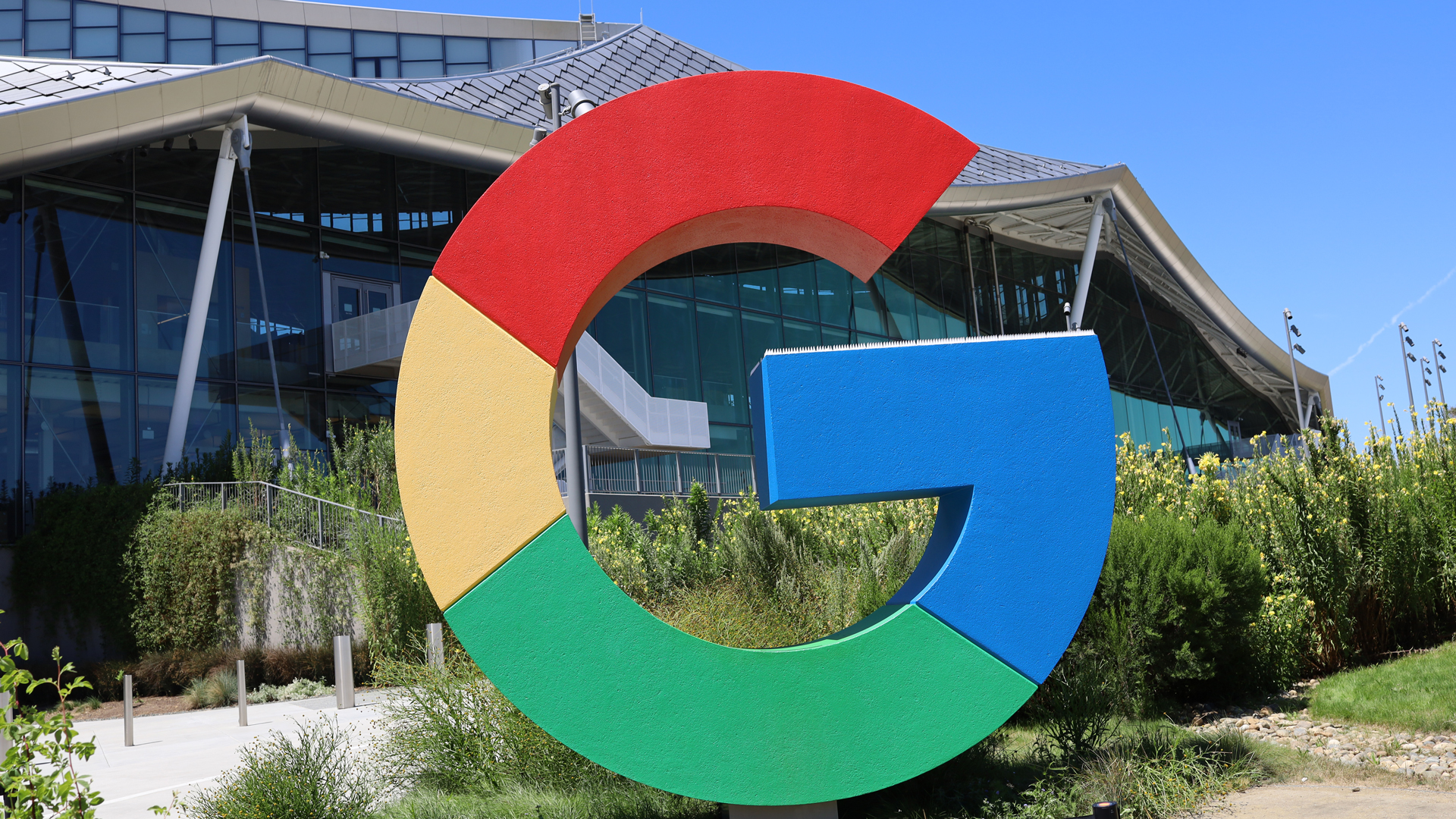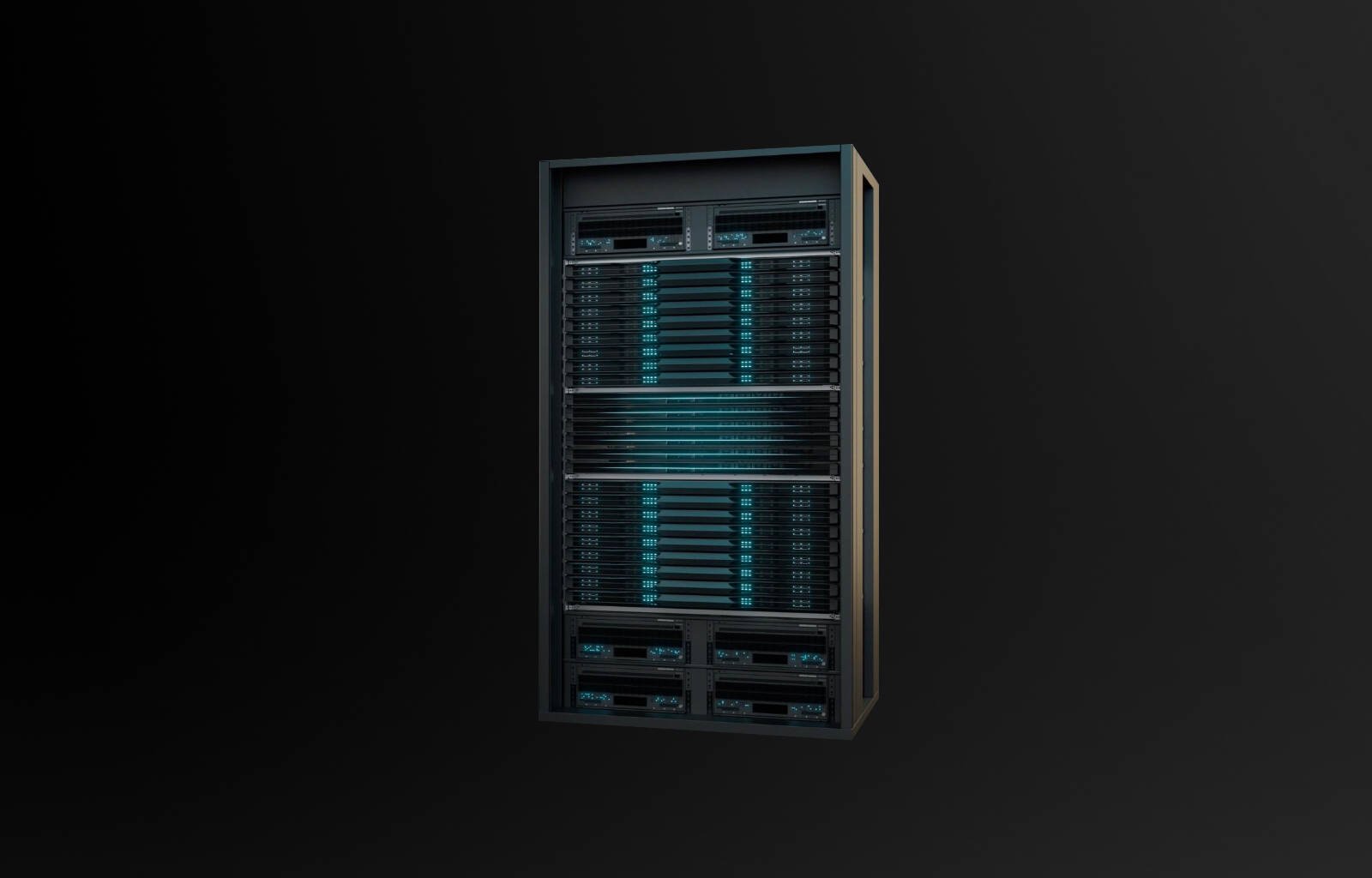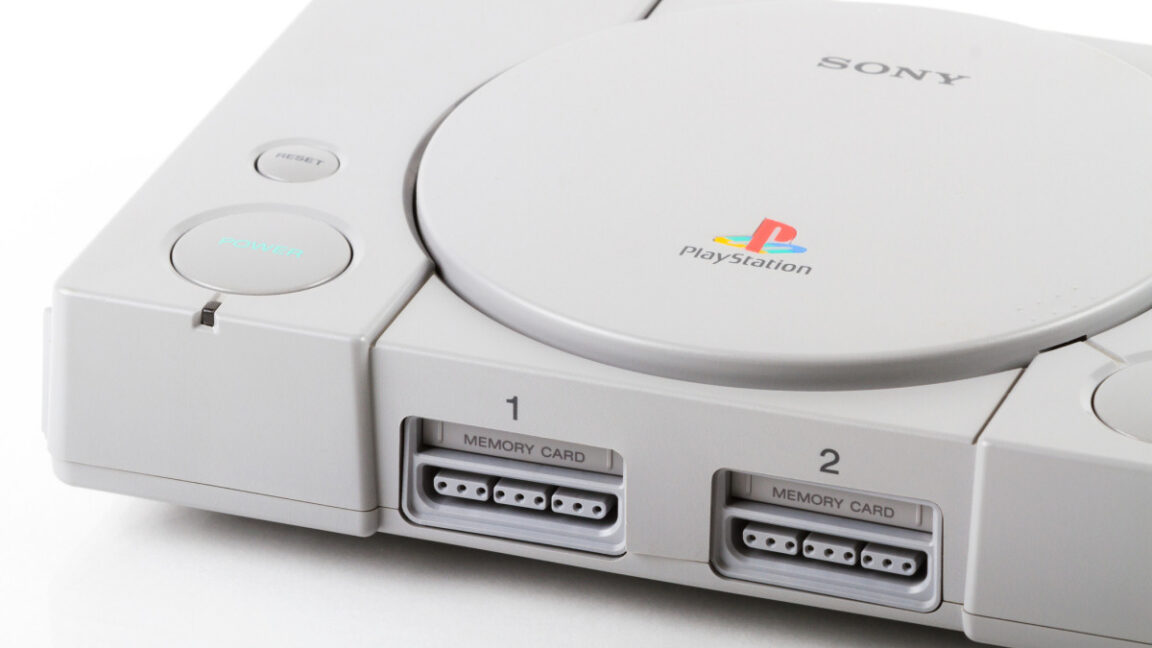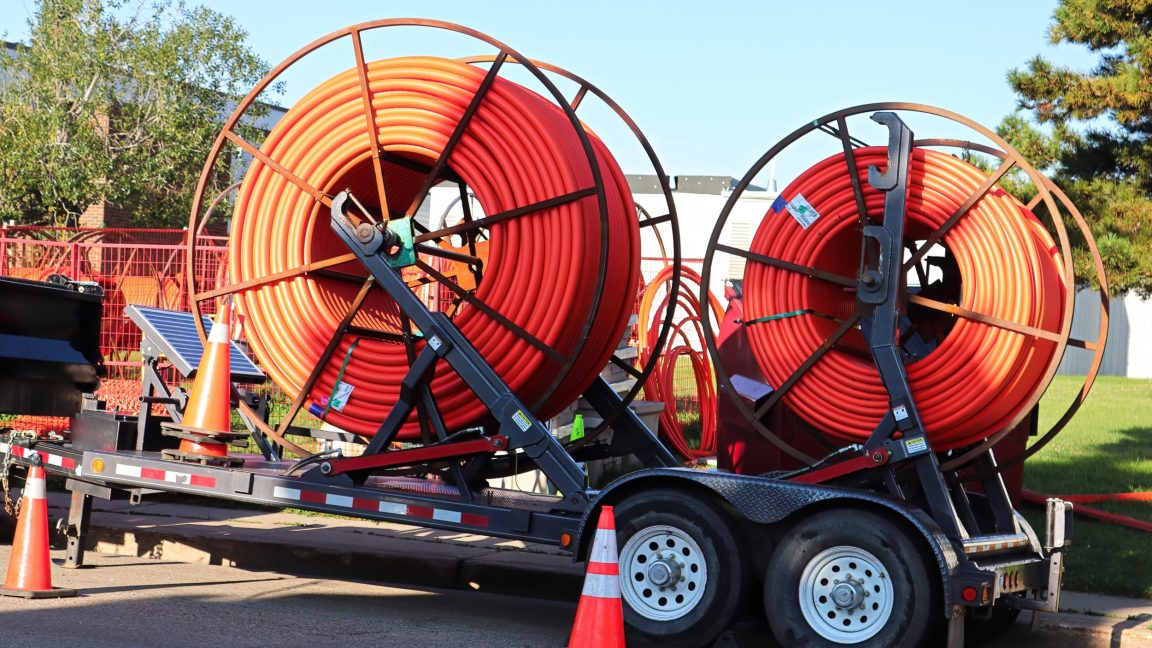Xreal just teased its Android XR specs, and they boast a massive upgrade over its other AR smart glasses
Xreal just divulged new Project Aura details including its 70-degree field of view, and an Android XR compute puck.

- Xreal detailed Project Aura at AWE 2025
- It will have a massive 70-degree field of view
- It will also be tethered to a spatial computing puck running Android XR
While we'd suspected that Android XR would be a key component of Google I/O 2025, we couldn’t have predicted some of the partners Google announced that it would be working with, which include the gadget makers at the top of our best smart glasses list: Xreal.
As promised by Xreal at I/O, it has taken to the Augmented World Expo 2025 stage in Long Beach California to provide us with new details on its Project Aura glasses, and it’s shaping up to be one impressive device.
For me, the most important detail is that the device will apparently boast a 70-degree field of view, which is absolutely huge.
The 50-degree field of view of the Xreal One already felt large, and the 57-degree Xreal One Pro is a noticeable step up size-wise (you’ll need to wait a little longer for our full review). 70-degrees will be massive.
The field-of-view upgrade suggests – Xreal hasn’t confirmed this yet – that the Aura specs will borrow the Xreal One Pro’s new optic engine (and perhaps even upgrade it further) including its flat-prism lenses, as one of its key advantages is that it enables a greater FOV .
This optic system comes with other upgrades as well, which could help to make the Android XR glasses much easier to use all day as you walk around.
Another interesting tidbit is that these specs – like Xreal’s other glasses – are tethered, meaning they’re powered by an external device which they’re connected to via a cable.
We already knew Aura wouldn’t be standalone, but Xreal has revealed that the new compute device shipping with Aura won’t just be your standard phone, or the Xreal Beam Pro.
It’s something all-new, running Android XR, and powered by a Snapdragon chip from Qualcomm – which seems to be making all of the Android XR processors.
Xreal isn’t abandoning its own chipset however. Aura itself will sport an upgraded X1S chip that’s a “modified version of X1 with even more power under the hood.” The X1 chipset is what’s inside the Xreal One and Xreal One Pro specs.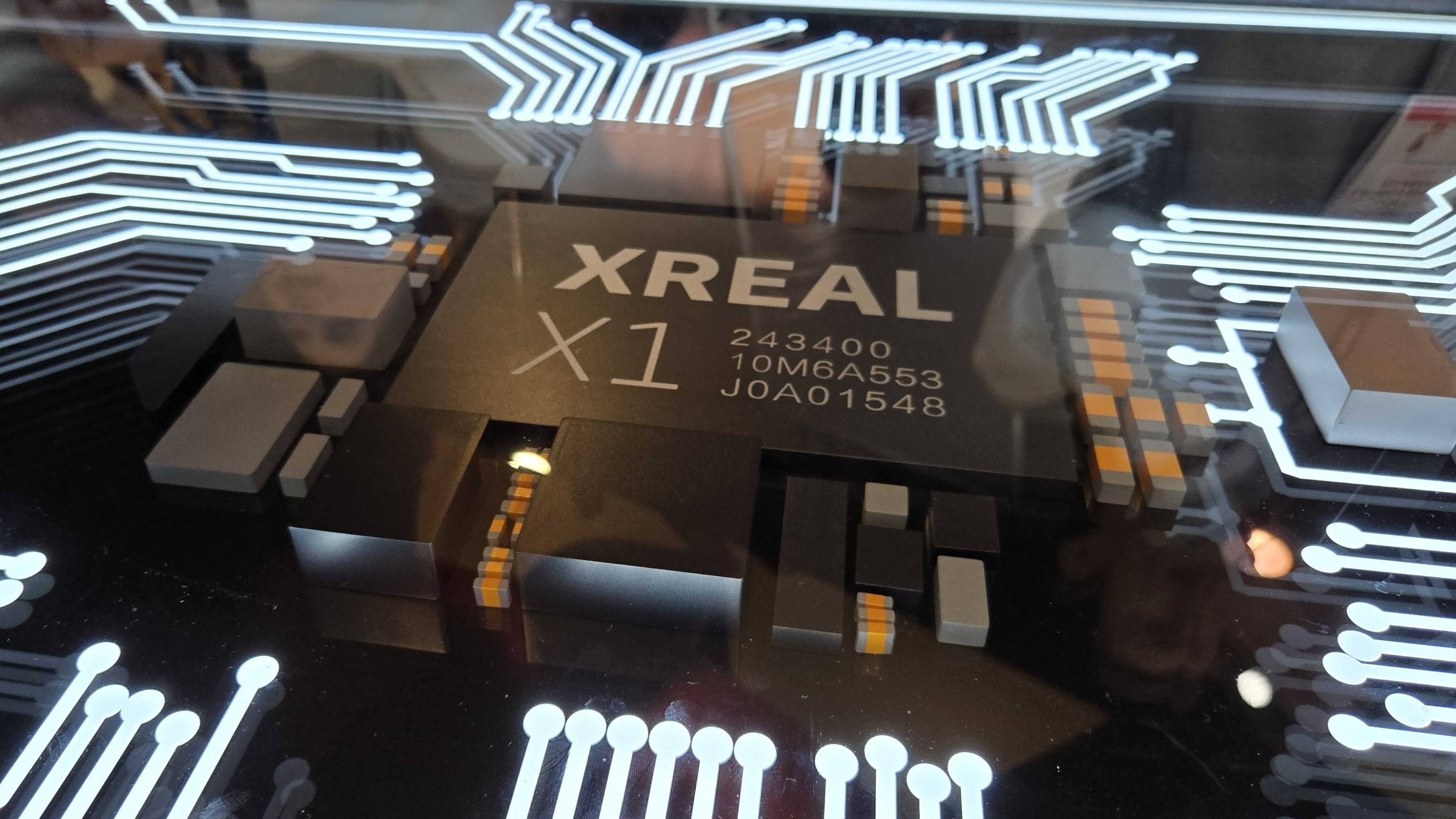
Xreal has yet to confirm if it will sell the puck and glasses separately, but if it does then I'll be interested to see what that decision means for its approach to the upgradability of its tech going forward.
At the moment you can pick up a pair of Xreal glasses and a Beam spatial computer as a bundle, and then upgrade either or both over time. Newer glasses offer better visuals and audio if that’s your main concern, while the new Beam Pro offers improved processing and spatial features.
This is a less wasteful and generally more affordable design philosophy, as you only need to replace the one component that’s holding you back. However, as I mentioned, Xreal has yet to confirm if it will sell the puck and glasses separately. Its current wording calls Project Aura “one solution made up of the wired XR glasses and a dedicated compute device” suggesting they might also be one complete, non-upgradable package.
As for a launch date, Xreal is still keeping us mostly in the dark, though it has said Project Aura is coming in 2026, so we hopefully won’t be waiting for too long.
Xreal One Pro dead on arrival?
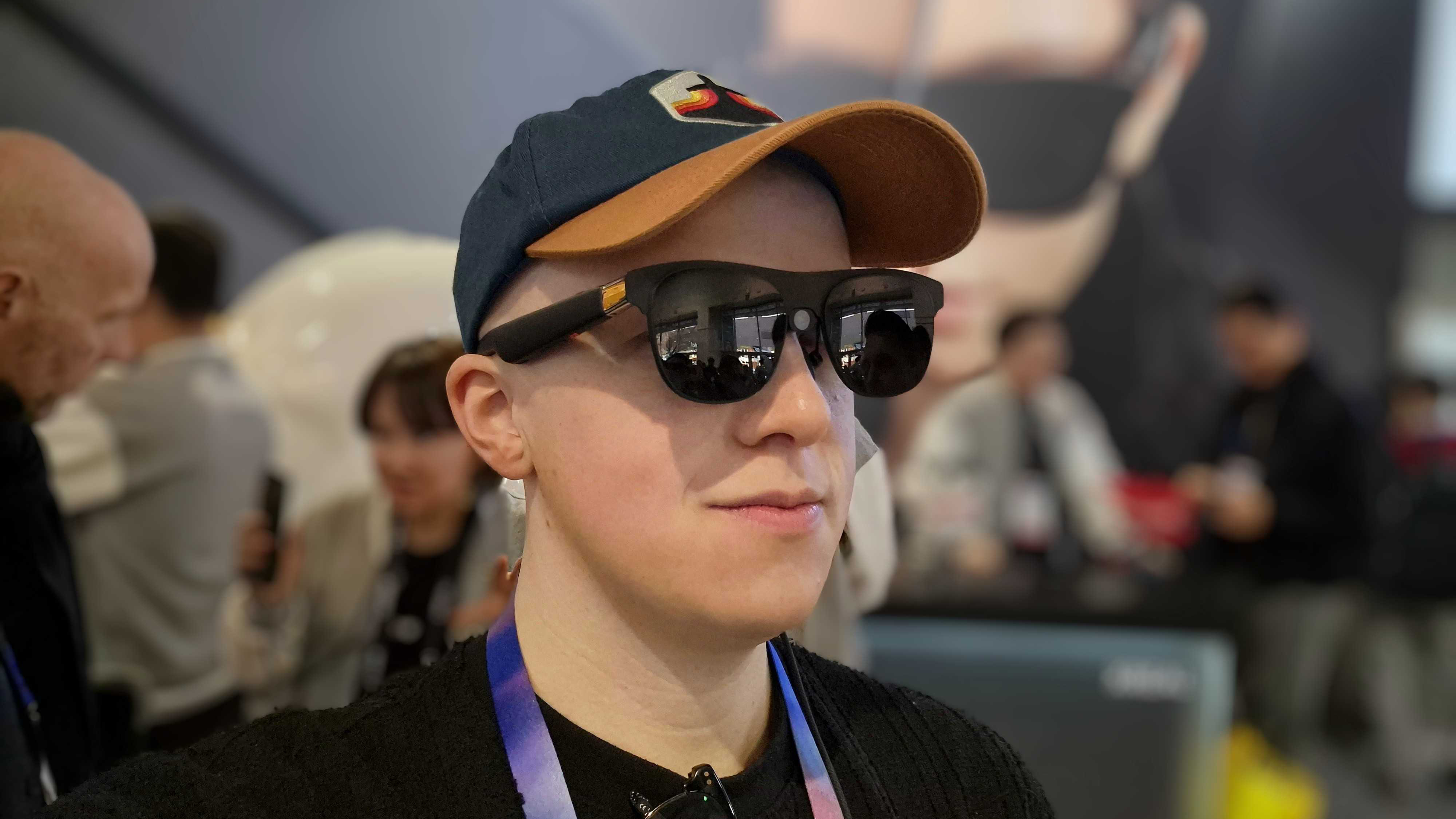
Following this announcement some fans are starting to wonder if their Xreal One Pro purchase was a good idea – if they'd waited a year or so longer and they could have snagged an Xreal Android XR setup instead.
I’ll concede that for some Xreal One Pro purchasers waiting may indeed have been the better approach, but I think others can rest easier, as while the Aura and One Pro will likely share similarities I suspect they’ll be very different devices.
For a start, while Xreal’s glasses are often at their best with the Beam Pro add-on, it isn’t required. You can use the specs with a range of USB-C compatible devices, and even many HDMI devices with the right cables.
Based on Xreal’s descriptions so far Project Aura isn’t just a wearable display for entertainment; it’s a complete spatial computing package with all the nifty Android XR features we’ve been shown.
This won’t just mean that Aura’s purpose is different from Xreal’s other glasses; I expect its price will be very different too.
Right now an Xreal Beam Pro and Xreal One Pro would cost you $848 / £768 (before factoring in any bundle or limited-time discounts). For what sounds like it will be greatly improved hardware I imagine Project Aura will cost closer to $1,000 / £1,000, if not more.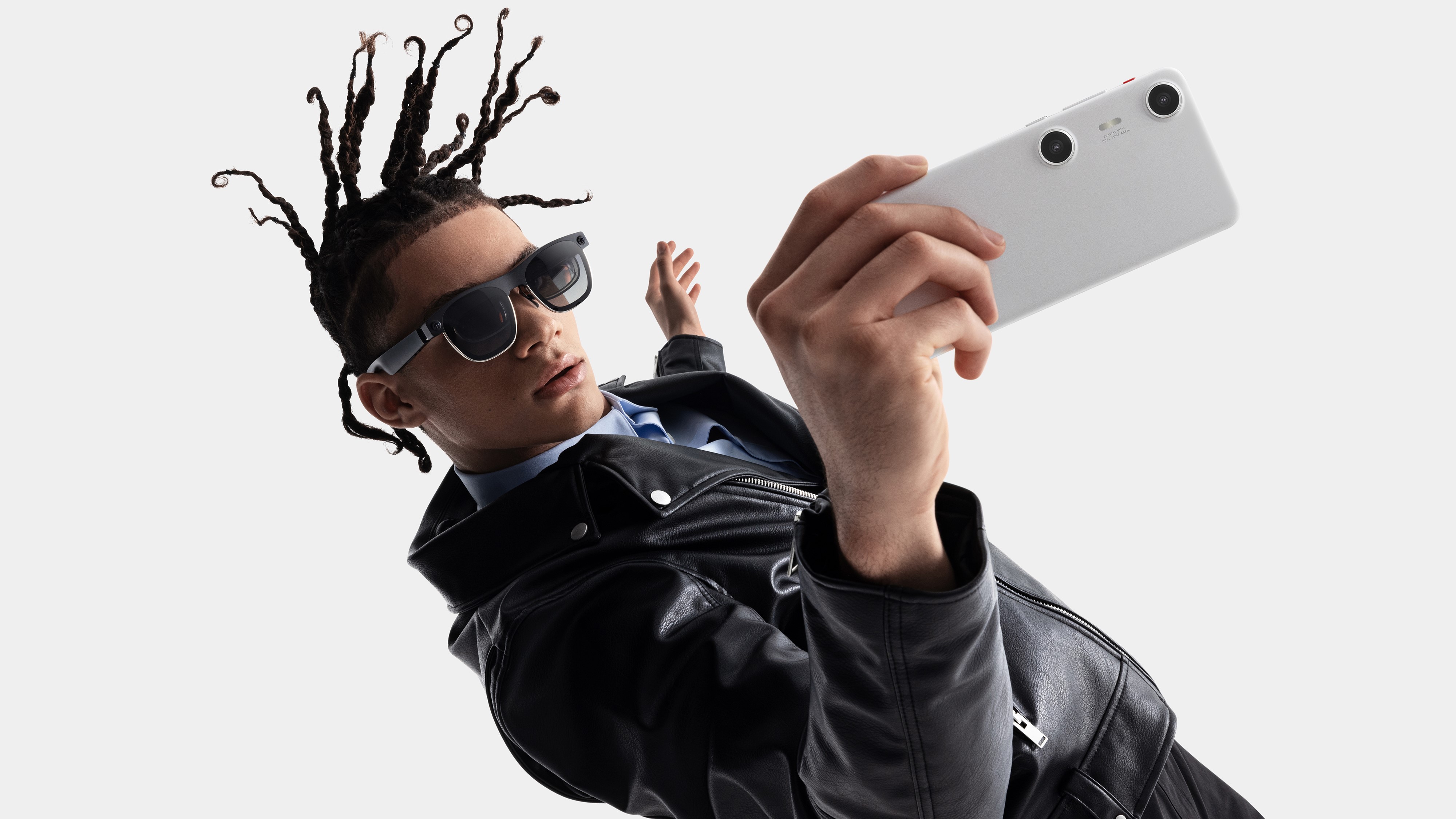
And remember, you can buy the Xreal One Pro separately for just $649 / £579.
Better tech is always on the horizon at any given time, but this (for now) doesn’t look set to be a repeat of the Meta Quest Pro / Meta Quest 3 fiasco, which saw the latter, far superior product launch at less than half the price of the former.
Instead Project Aura looks set to be more of a diagonal shift, with new hardware boasting better specs and a different purpose.
If you want to wait for Project Aura you absolutely should, as you might also be tempted by any of the various Android XR, Meta smart glasses, and new Snap spectacles set to be launching in the next year or so. But choosing not to wait won't a bad option either – the Xreal One Pro certainly isn’t going to turn out to be dead on arrival as some might fear.




























